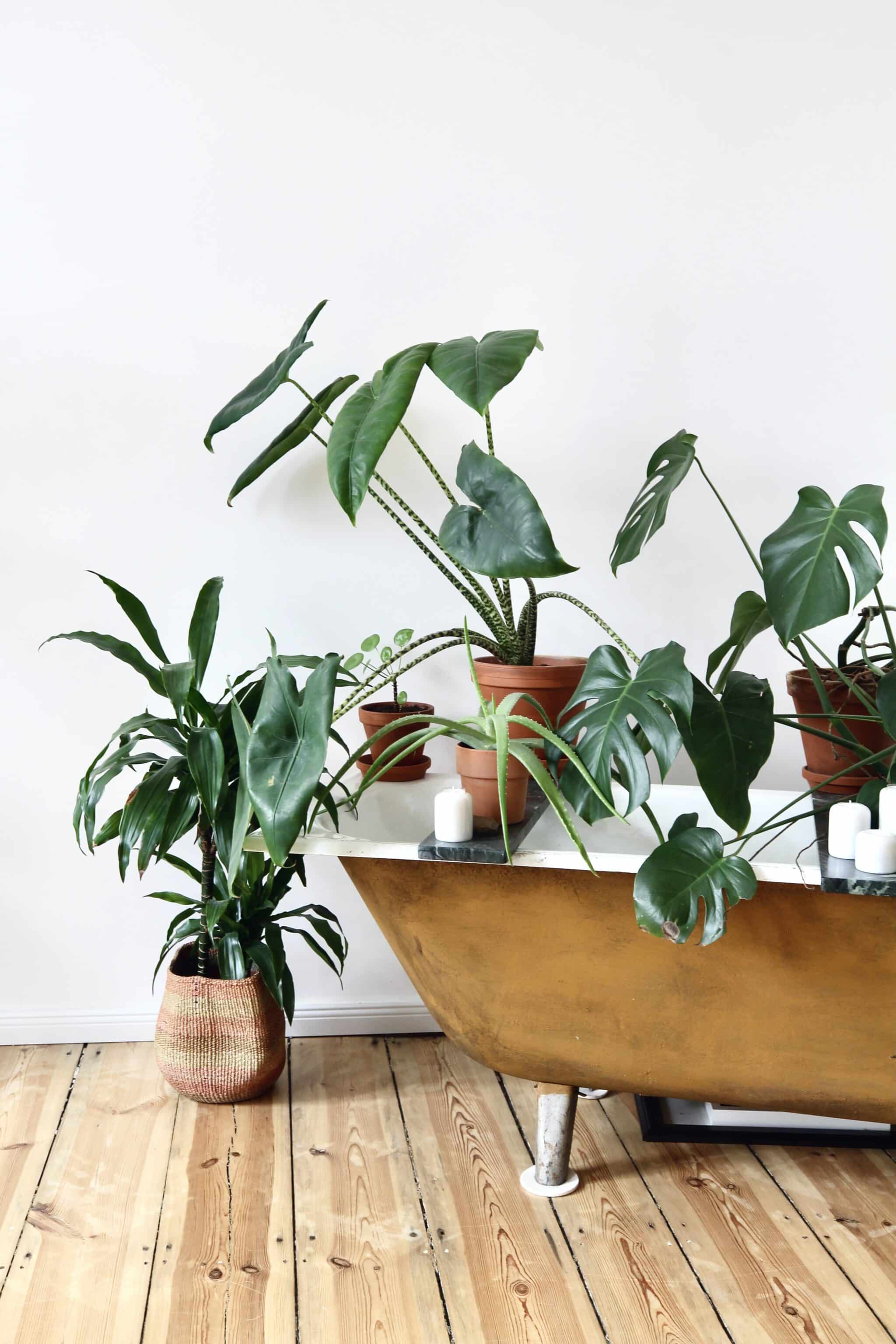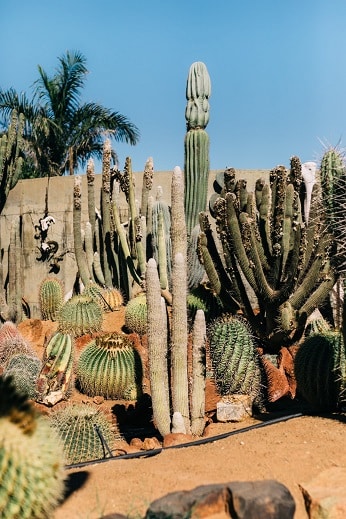You might be puzzled about the best ways to keep your indoor plant leaves clean and vibrant. Fear not, in the following article, you’ll uncover excellent solutions that make it marvelous simple. There’s a whole world of possibilities out there that you may not have considered. So, get ready to learn what you can use to clean your indoor plant leaves, all while ensuring they continue to thrive. Wondering “what can I use to clean indoor plant leaves?” Let’s get started!

Understanding the Importance of Clean Plant Leaves
The wellness of your indoor plants begins with the cleanliness of their leaves. Clean leaves have a significant role in keeping your plants healthy and vibrant. Here’s why:
Improving Photosynthesis processes
Photosynthesis, the process plants use to convert light into food, primarily occurs in the leaves. When leaves are clean, they can more effectively absorb sunlight and carbon dioxide, crucial components of photosynthesis. This optimal absorption allows the plants to produce more nutrients, promoting growth and overall well-being.
Reducing Disease Vulnerability
When leaves are dirty or dusty, they can become a breeding ground for pests and disease. Regular cleaning removes these potential problems and can improve the plant’s resilience, making it less susceptible to harmful conditions.
Boosting Aesthetic Appeal
Of course, a clear benefit of clean indoor plant leaves is their enhanced beauty. Clean leaves reflect light better, giving your indoor plants a uniform, lustrous appeal. Overall, maintaining clean plant leaves contributes to the aesthetic and atmospheric benefits of having indoor plants.
Recognizing When to Clean Indoor Plant Leaves
Knowing when to clean your plant’s leaves is key. Here are some clear signs that it’s time to give your indoor plant leaves a quick rinse:
Identifying Dust Accumulation
The most obvious indicator is dust accumulation. Excessive dust can block sunlight, hindering photosynthesis.
Noticing Changes in Leaf Color
Changes in leaf color can also signal the need for cleaning. Leaves may appear yellowish or dull when they are dirty or coated in dust.
Assessing Leaf Texture changes
Lastly, changes in leaf texture might also be a cue. Leaves might feel rough, sticky, or gritty to the touch when they need cleaning.

Preparation Before Cleaning
Once you’ve identified that your plants need cleaning, it’s important to prepare properly.
Gathering Cleaning Materials
Collect your cleaning tools like soft cloths or sponges, small brushes, and ensure your water supply is at an appropriate temperature. The water should be lukewarm – neither hot nor too cold as extreme temperatures could harm the plant.
Ensuring Optimum Surrounding Conditions
Your cleaning area should have adequate light and be at room temperature. Keep the plant away from breezy areas during the cleaning process to prevent it from getting too cold.
Selection of Appropriate Technique based on Plant Variety
Different plants can bear different levels of handling and water exposure. It’s crucial to choose a cleaning method that’s suitable for your specific plant variety.
Use of Water for Cleaning Indoor Plant leaves
Water is the simplest and most efficient cleaning agent for indoor plant leaves. Here’s how you can use it:
Shower Technique for Large Plants
Large plants can benefit from a gentle shower in your bathroom or an outdoor space. Spray lukewarm water gently on the leaves, ensuring all dust is rinsed away.
Dipping Method for Delicate Plants
For delicate plants, such as African Violets which do not bear direct water exposure well, you can dip the leaves in a bowl of water. Gently swish the leaves around to remove dust.
Misting Plants with Sensitive Leaves
Certain plants have particularly delicate leaves. Misting can be an effective way to clean such plants without direct contact.

Use of Mild Dish Soap Solution
Sometimes, water alone is not enough, especially when it comes to grime, sticky residue, and pests. This is where a mild dish soap solution comes into play.
Preparations of Soap Solution
Prepare your soap solution by mixing a few drops of mild liquid dish soap in a bowl of warm water. Stir well to combine.
Application Procedure
Using a soft cloth or sponge, gently wipe your plant’s leaves with the soap solution. Be careful not to scrub the leaves too hard, as this could damage them.
Rinsing and Drying
Once you’re done, rinse the leaves carefully with clean, lukewarm water to make sure all soap is washed away. With a towel, dry the plant leaves gently to prevent water spots.
Employing Commercial Leaf Shine Products
Commercial leaf shine products can offer a quick and easy method to clean and shine your plant leaves.
Understanding the Product Components
Before use, always read the product description and ingredients. Some might be harmful to certain plant species.
Following the Product Instructions
Always follow manufacturer instructions to use the product effectively and ensure safety. Overspraying or misuse might harm your plant.
Benefits and Drawbacks of Commercial Products
While these products can save time and give an immediate shine, use them thoughtfully. Excessive usage can block the plant’s pores and impact photosynthesis.
Applying Homemade Leaf Shine Solutions
If you prefer a natural approach, there’s an array of homemade leaf shine solutions you can try.
Using Vegetable Oil and Lemon Juice Mix
A mix of vegetable oil and lemon juice can help give your plant leaves a natural shine. Mix equal parts of both, and wipe gently on the leaf surface.
Application of Milk or Beer
Milk or beer can give your plant leaves a quick shine. Use a soft cloth to apply, and then buff it dry.
Use of Mayonnaise for Shine
A small dab of mayonnaise can be a great leaf shiner. Apply it with a soft cloth and then wipe it off gently.
Utilizing Cleaning Tools
The correct cleaning tools can make the process easier and safer for your plants.
Use of Soft Cloth or Sponge
A soft cloth or sponge can be used to gently remove dust and grime from the leaves without injuring them.
Employing Small Brushes
For plants with small leaves or hard-to-reach areas, a soft brush can be ideal.
Benefits of Handheld Vacuums
A handheld vacuum with a brush attachment can help remove large amounts of dust quickly, especially from larger plants.
Common Mistakes While Cleaning Indoor Plant Leaves
Avoid these common mistakes:
Over-Cleaning Leaves
Clean your plant’s leaves only as necessary. Over-cleaning can cause stress to the plant.
Using Harsh Cleaning Agents
Avoid harsh cleaning agents. They can damage the plant’s leaves and affect their ability to photosynthesize.
Allowing Cleaning Solution to Mail in Watering Location
Be cautious not to let the cleaning solution mix with the plant’s water supply. It can cause root damage.
Post Cleaning Plant Care
After cleaning, here’s what you can do to keep your plants in good health:
Proper Drying of Leaves
Ensure leaves are properly dried to prevent fungal growth.
Repositioning Plant Post Cleaning
If you moved your plant for cleaning, gently return it to its original place avoiding sudden light and temperature changes.
Regular Observance for Dust Build-up
Regularly check your plants for dust and dirt build-up. Doing so can help you maintain regular cleaning habits and keep your plants healthy.




